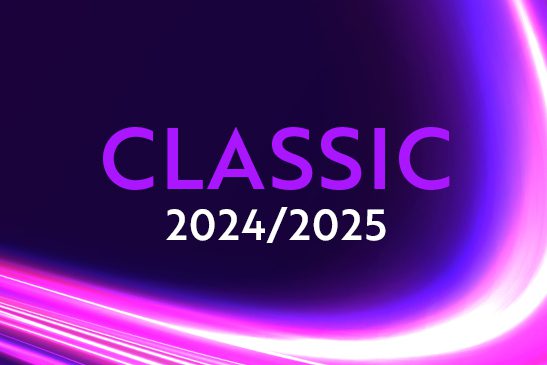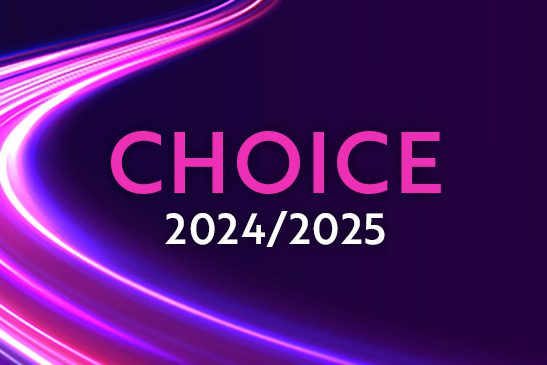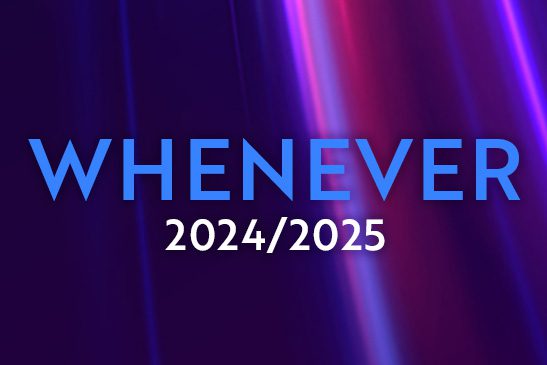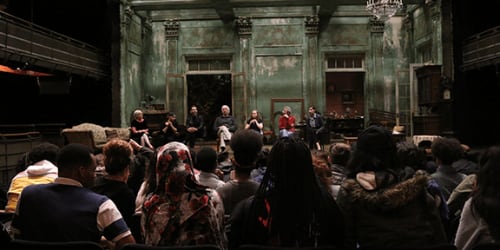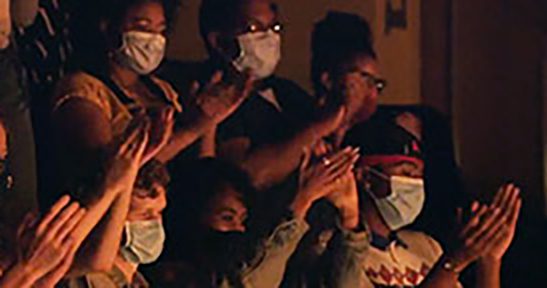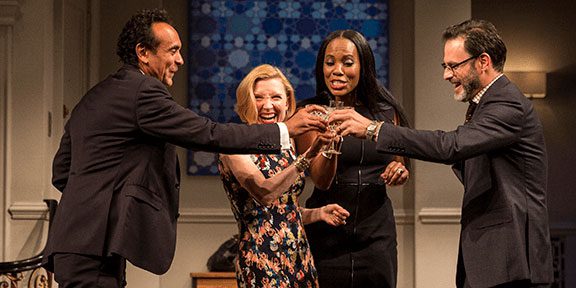Highway Patrol is on stage now – February 18!
GET TICKETS
Building a Show from the Wilds of Social Media
By Thomas Connors
Casual conversations can take some pretty interesting turns. An outrageous remark can send things down a rabbit hole, a seemingly innocuous observation can be revelatory. Things can go from “Oh, please!” to “Wait, what?”
Six years ago, creative partners Jen Silverman and Mike Donahue were on a train with actress Dana Delany, headed to New Haven’s Long Wharf Theatre to catch the final night of Silverman’s The Roommate, which Donahue had directed. Delany—an Emmy Award winner currently costarring with Sylvester Stallone in Tulsa King on Paramount+—had worked with the duo early that year in a production of Silverman’s Collective Rage: A Play in 5 Betties at New York’s MCC Theater.
“I don’t remember how we got on to it, but at some point, Dana began telling us this story of a relationship she’d had with a 13-year-old fan and his family entirely over Twitter and email,” relates Donahue. “It was such a strange and compelling story and my jaw just hit the floor,” recalls Silverman. “Later that night over dinner, Mike and I asked Dana if she was open to the idea of making something of it–and fortuitously, Dana had already been wrestling with the idea.”
Making Highway Patrol out of Delany’s singular experience meant doing a deep dive into the digital trail she had archived. “We spent the first few years going through thousands of DMs, texts, tweets, and emails—selecting pieces and moving them around, building a structural spine for the piece, building a series of reveals that work dramatically, so that the audience is on the right ride,” explains Silverman. “One particular challenge was taking the transcript of a relationship that occurs over six months and distilling it into a playable 90 minutes that captures the events and specificity of those six months–sometimes we’re living in real time onstage, and other times three minutes captures several weeks of the relationship.”
One of the most remarkable things in reading the transcripts, shares Donahue, was noting the rhythm of the communication, how quickly or slowly messages went back and forth. “Someone sends something and it’s five hours before the other person responds. Is that because the recipient was busy, freaked out, or maybe even overwhelmed in a good way? Then the sender writes again and you can sense the anxiety. So they change tactics and talk about something else, hoping to reel that person back in. You can see all the ways two people who are getting to know each other for the first time navigate building trust and intimacy.”
Once Silverman and Donahue had a playable text, they workshopped it together with co-creator and designer Dane Laffrey. “That’s when we could see what was missing,” notes Silverman. “So, we sat down and interviewed Dana and worked her responses into our text.” The final phase of the process has been making the thing they’ve fashioned come alive. “The last year or so has been all about: how does it move?” says Silverman. “I have found this analogous to writing the book for a musical, where the book has to be architecturally rigorous in order to support the songs.”
Dane Laffrey, who works regularly with Silverman and Donahue, played a key role in determining how the piece would inhabit the stage. “We’ve all worked together for over a decade and our process tends to be fairly boundaryless,” says Silverman. “Initially I did the heavy lifting around the text, but then we all came together. Dane is an incredible dramaturg and as we began shaping the theatrical event, he and Mike also weighed in on structure and text. We’ve had many nights where we’re all sitting on the floor, reading sequences out loud back and forth so we can make the next set of changes. Sometimes what we need doesn’t exist in the archive so we have to generate a step based on what we know of Dana’s experience at the time. And then of course, we fold Dana back in, get her instincts on our pass.”
Whether one embraces social media or avoids it altogether, its impact on how we see the world, how we interact, how we think, is impossible to ignore. Central to discussions of free speech and the perils of disinformation, it brings us together and tears us apart. Highway Patrol may validate some viewers’ opinions, or challenge those held by others. But as Silverman suggests, it should not be understood as piece about the dangers of the internet. “This is not a critique of technology. This is a story about humanity. And because social media is the milieu in which we live, it’s the language we are employing. But as humans in general—we want connection, we want intimacy, we want to be perceived by others. These impulses are no different from one century to the next.”
Thomas Connors is a Chicago-based freelance writer and the Chicago Editor of Playbill.



